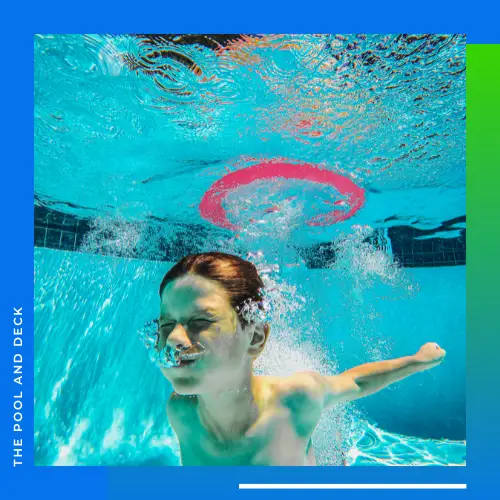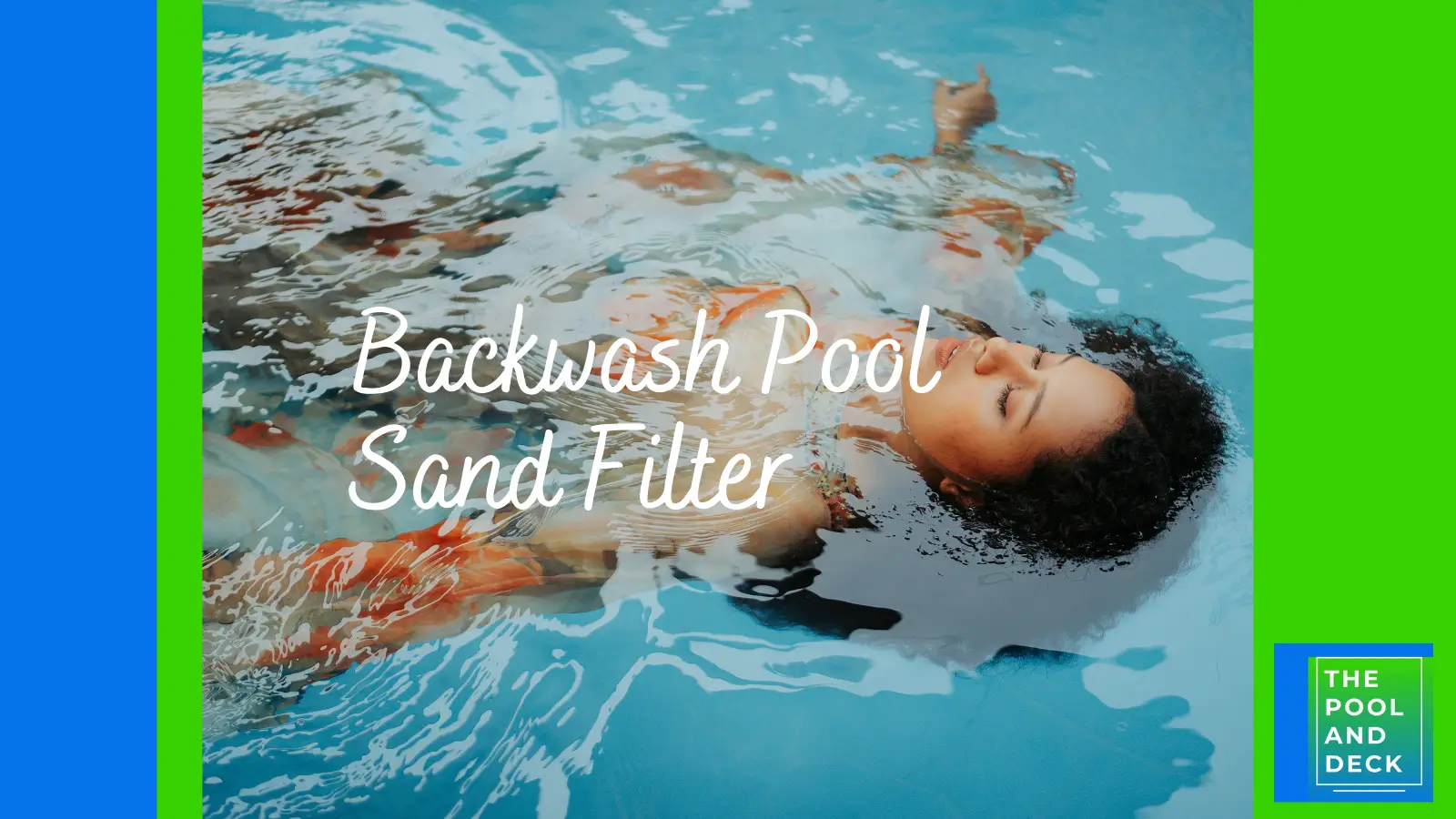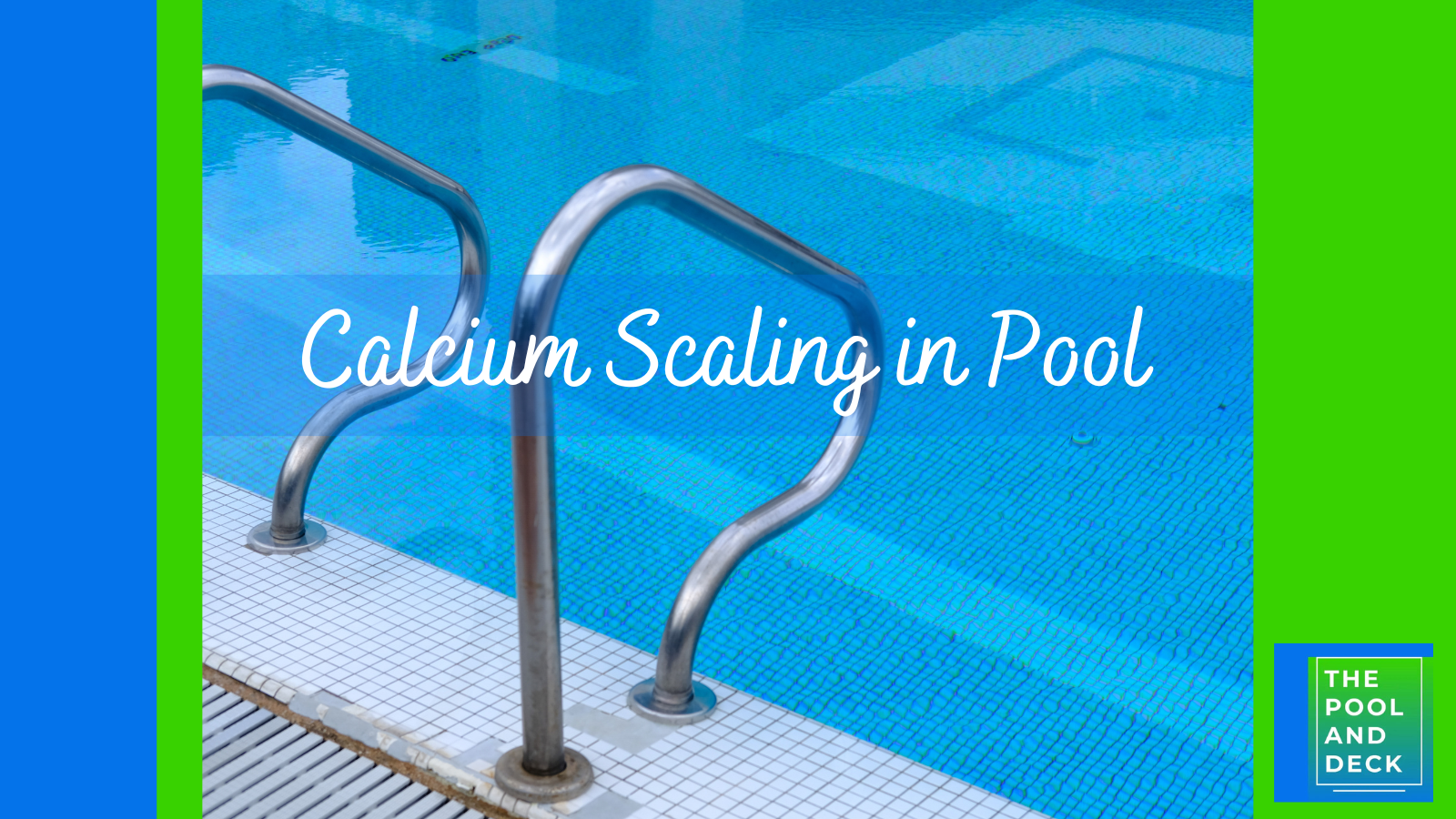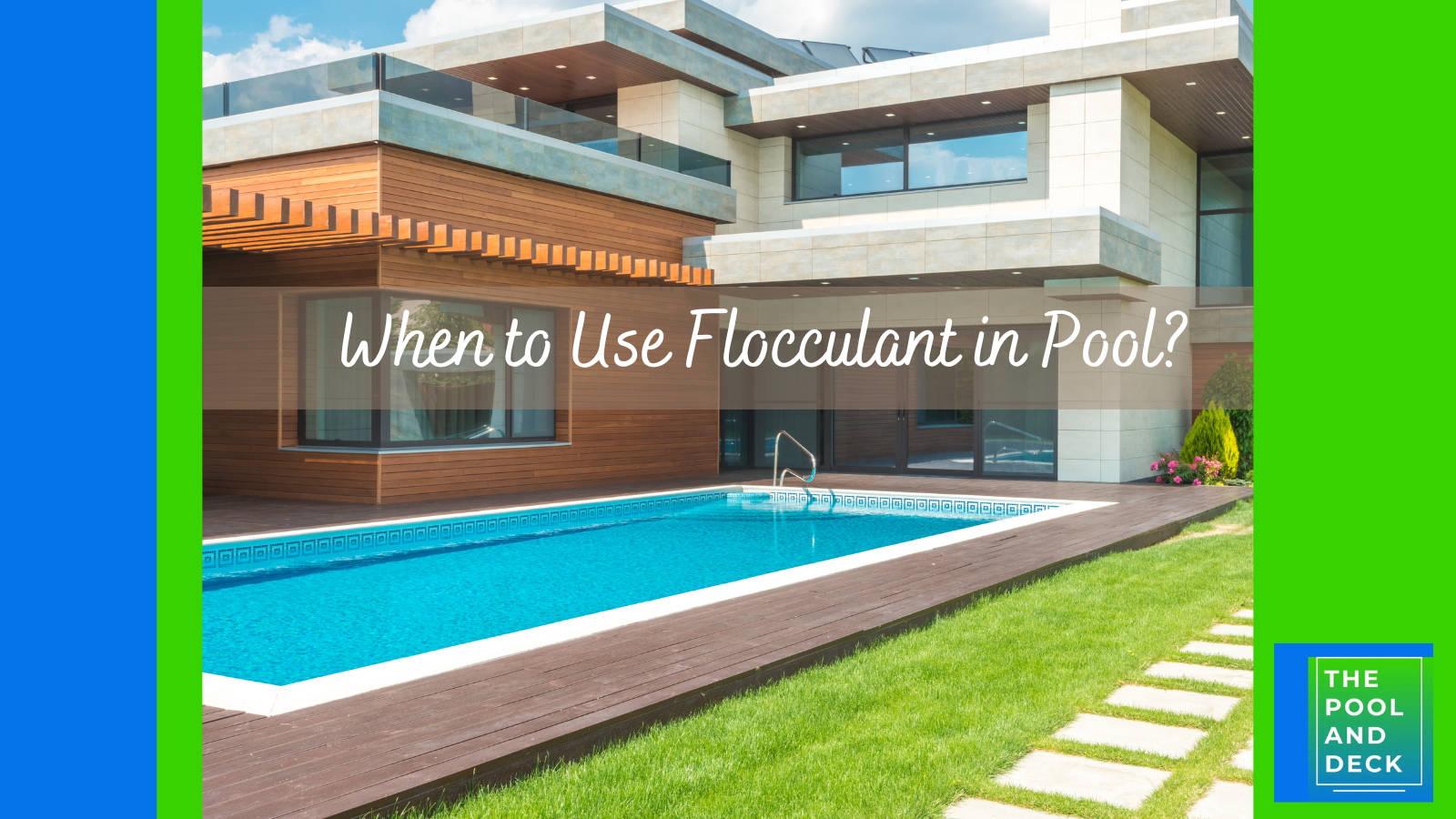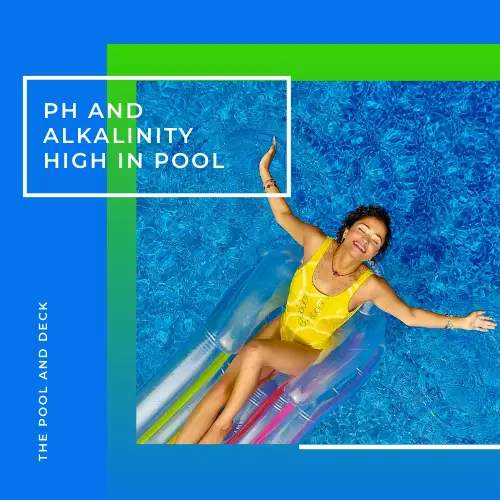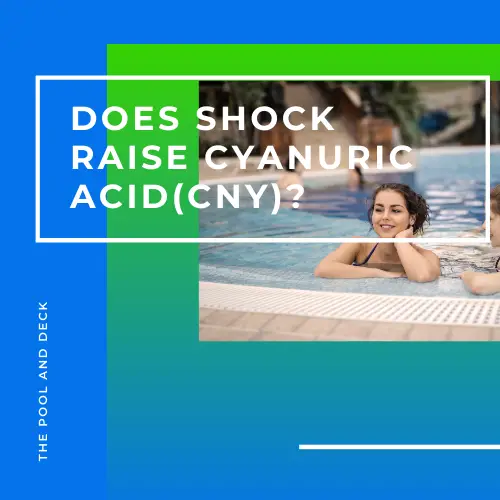How To Lower Combined Chlorine Levels? (The Best Fix for 2024!)
As an Amazon Associate, I earn from qualifying purchases.
Table of Contents
How To Lower Combined Chlorine Level?
Chlorine is essential for sanitizing and disinfecting your pool. But all Chlorine is not the same! The Total Chlorine (TC) is the sum of Free Chlorine (FC) and Combined Chlorine (CC). Free Chlorine is the sanitizer & disinfectant. Combined Chlorine (CC) is just spent chlorine & not good for your pool. So, how to lower Combined Chlorine (CC) levels?
Shock your pool when the Free Chlorine (FC) is low and Combined Chlorine (CC) is high, to raise the FC level to at least 10 ppm. Run the pool filter for 8 hours (24 hours for a cloudy pool). Then add a Shock Oxidizer to break up the Combined Chlorine (CC) also known as Chloramines.
The additional Chlorine from the Shock and the Shock Oxidizer, progressively replace Hydrogen atoms by Chlorine atoms. The final product is Trichloramine which exits the pool as a gas.
Ammonia (NH3) ==> Monochloramine (NH2Cl) ==> Dichoramaine (NHCl2) ==> Trichloamine (NCl3)
The Combined Chlorine (CC) Levels will drop to near “zero”. The Total Chlorine (TC) level will be the same as Free Chlorine (FC) level. It may be a bit high at around 5 ppm.
I highly recommend using Champion Liquid Chlorine (Sodium Hypochlorite) Pool Shock (12.5%), which is easy-to-use, fast, and effective.
Another great product is the HTH 52038 Pool Care Shock Green to Blue Advanced Shock System, 2-Step Swimming Pool Care Solution. The kit comes in two parts. Pack I is a strong algae-fighting pool shock with Cal Hypo; Pack II is a powerful flocculant that drops particles to floor for easy vacuuming.
Wait for the Chlorine Level to come down to below 4 ppm (ideally 3 ppm) before diving in.
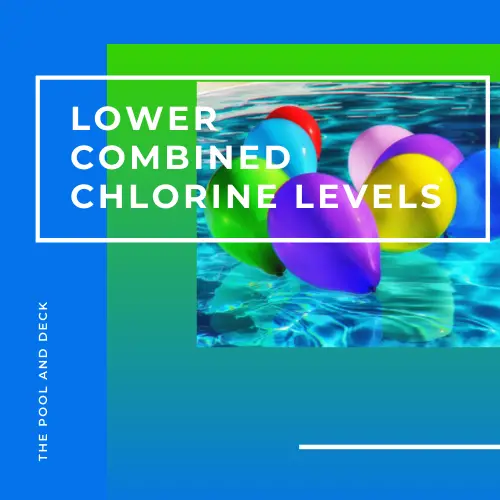
What Is Combined Chlorine?
Chlorine is used in two ways to sanitize a swimming pool.
The first is regular chlorination, in which the chlorine source, such as Trichlor tablet, is placed in the skimmer, floater or feeder. The chlorine dissolves in the pool water at a slow, steady pace, creating Hypochlorous (HOCl) acid.
The other way is to shock your pool. Shocking the pool is just super-chlorination or hyper-chlorination.
The pool is shocked with a high dose of Liquid Chlorine or Cal Hypo, with a target of increasing the Free Chlorine (FC) by at least 10 ppm. Once again the result is the formation of Hypochlorous (HOCl) acid.
Hypochlorous (HOCl) acid exists in the pool water along with the Hypochlorite (OCl)- ion as per the equation.
HOCL <=> H+ + OCl-
Together HOCL and OCL- are referred to as Free Chlorine (FC). The ratio between HOCL and OCl- is determined by the pH of the pool water.
Free Chlorine (FC) sanitizes the pool by combining with the contaminants and forming chloramines. This is Combined Chlorine (CC). It no longer has the ability to sanitize or disinfect.
Total Chlorine (TC) is the sum of Free Chlorine (FC) and Combined Chlorine (CC).
TC = FC + CC
Pool Water Chemistry Testers give you readings for Total Chlorine (TC) and Free Chlorine (FC). So you can determine the Combined Chlorine (CC) as under:
CC = TC – FC
What Is a Good Combined Chlorine Level?
The short answer to this question is “zero”.
I know that an absolute “zero” is not realistic. However, you should be concerned if the Combined Chlorine (CC) Levels are above 0.5 ppm.
Target to keep Combined Chlorine (CC) Levels below 0.2 ppm.
Combined Chlorine (CC) is basically a Chloramine. You will know that the Combined Chlorine (CC) Levels are high in your pool when one or more of the following happen.
- Your eyes burn and skin is dry & itchy after a swim
- The pool has a strong ammonia odor
- The pool water is cloudy
Of course, every time you check chlorine levels, make sure to check both Total Chlorine (TC) level and Free Chlorine (FC) level, so that you can know the Combined Chlorine (CC) Levels too!
What Is the Maximum Allowable Level of Combined Chlorine?
The Pool Water Treatment Advisory Group (PWTAG) recommends that Combined Chlorine (CC) Levels should not be allowed to exceed 1 ppm.
The recommendations of PWTAG (TN61) for Combined Chlorine (CC) Levels are:
- Combined Chlorine (CC) Levels should ideally be “zero”
- Combined Chlorine (CC) Levels should not exceed 50% of Free Chlorine (FC) levels for FC in the range of 0 – 2 ppm
- Combined Chlorine (CC) Levels should never exceed 1 ppm, even for FC levels greater than 2 ppm
It may be noted that PWTAG does not recommend closure of a pool if Combined Chlorine (CC) Levels exceed 1 ppm, but recommends that the problem be resolved on top priority.
In any case, if Combined Chlorine (CC) Levels exceed 1 ppm, the pool may practically become unusable due to the pungent ammonia odor, skin & eye irritation and cloudiness.
For more information on Pool Chlorine Types refer to my post Complete Guide To Pool Chlorine Types. (What Is The Best?).
Recommended Swimming Pool Chemicals
Best Liquid CYA Free Pool Shock
Champion Liquid Chlorine (Sodium Hypochlorite) Pool Shock (12.5%) is easy-to-use, fast, and effective. This Pool Shock does not have Cyanuric Acid (CYA-stabilizer) and will not result in build-up of scale.
How to use disinfect pool water using Champion Pool Shock 12.5%: For a new pool or for spring start up, superchlorinate with (64 to 128 oz.) on 10% pool shock or (52 to 104 oz.) on 12.5% pool shock for each 10,000 gallons of water to yield 5 to 10 PPM available chlorine by weight.
Check the level of available chlorine with a test kit. Adjust and maintain pool water pH to between 7.2 to 7.6 and alkalinity between 50 to 100 PPM. To maintain the pool, make sure your pool pump is running, add manually or by a feeder device (13 oz.) on 10% pool shock or (11 oz.) on 12.5% pool shock for each 10,000 gallons of water to yield an available chlorine residual between 0.6 to 1.0 PPM by weight.
Stabilized pools should maintain a residual of 1.0 to 1.5 PPM available chlorine. Test the pH, available chlorine residual and alkalinity of the water frequently with the appropriate test kits. Frequency of water treatment will depend upon temperature and number of swimmers. Every 7 days, or as necessary, superchlorinate the pool.
Repeat directions above for new pool and spring start up. Check the level of available chlorine with a test kit. DO NOT enter pool until the chlorine residual drops below 4.0 PPM.
Cyanuric Acid Free Shock (Cal Hypo)
HTH 52038 Pool Care Shock Green to Blue
Fight a severe algae bloom and transform your swimming pool water from green to blue in 24 hours with this easy-to-use system.
Best Shock Oxidizer
SpaGuard Spa Shock Oxidizer eliminates soluble organic undesirable compounds and irritants in pool & spa water and is buffered to prevent pH bounce. Order from Amazon using the link below:
Thank you very much for reading the post. I do hope you found it informative and helpful.

